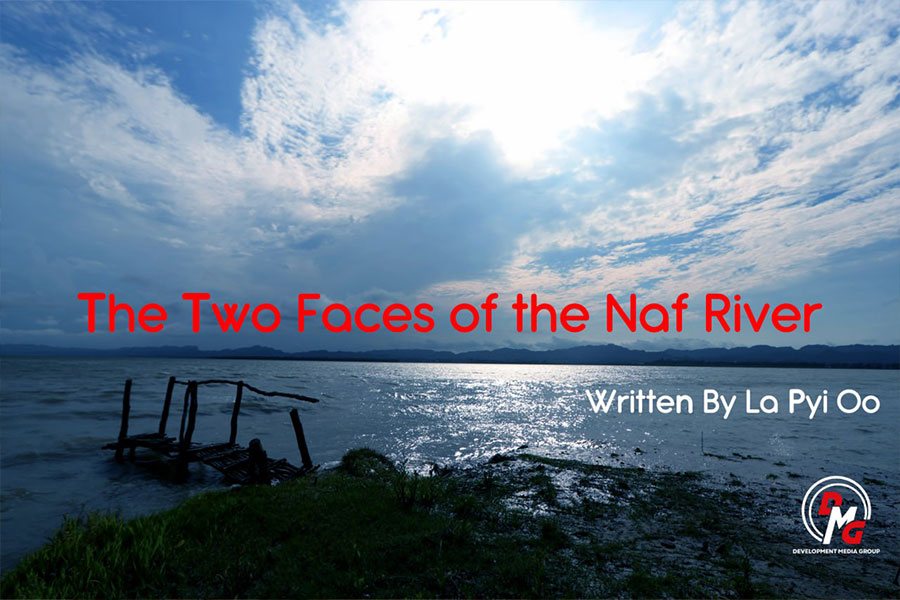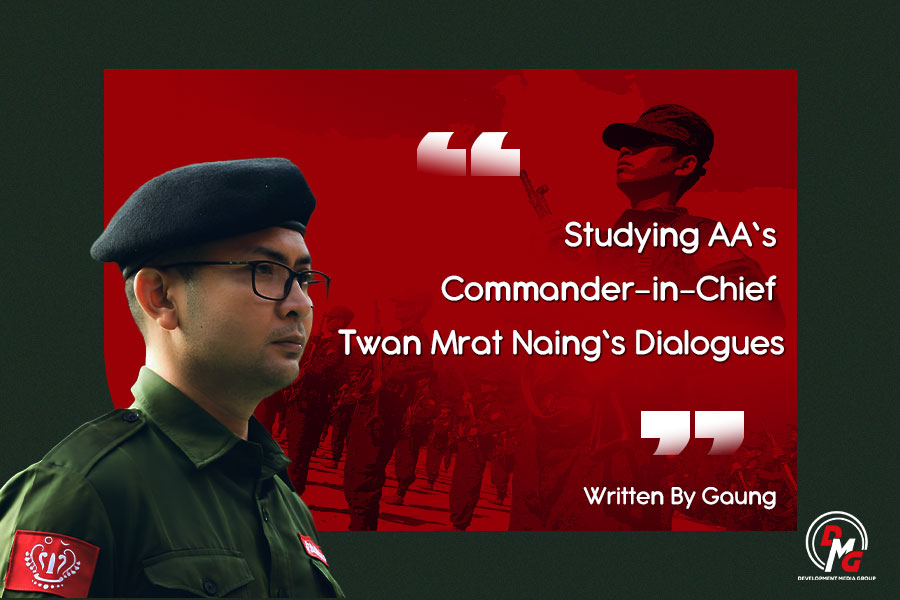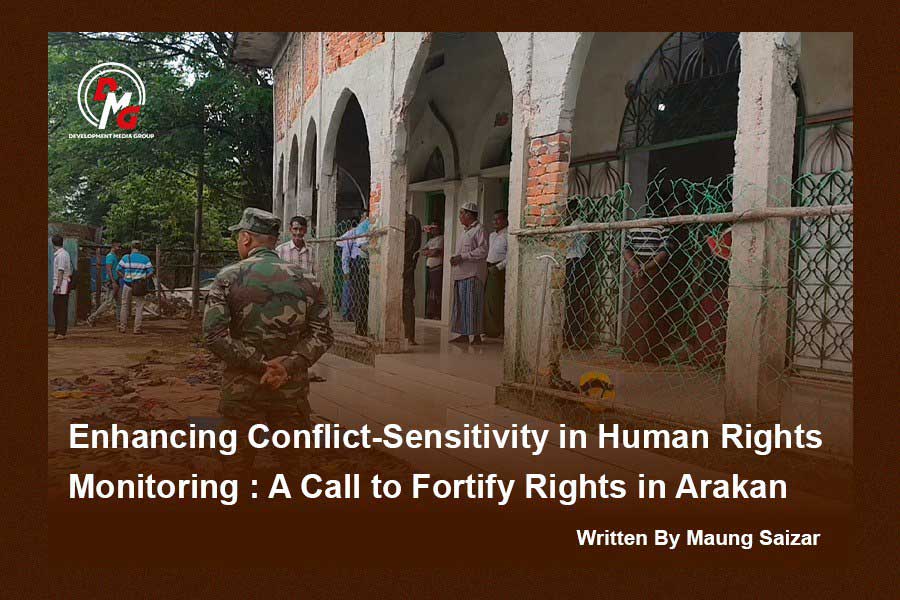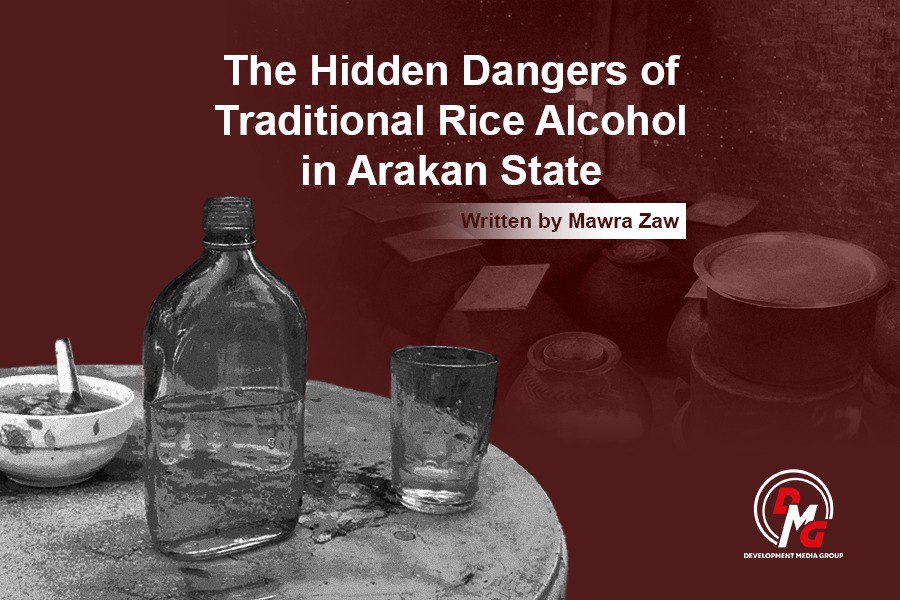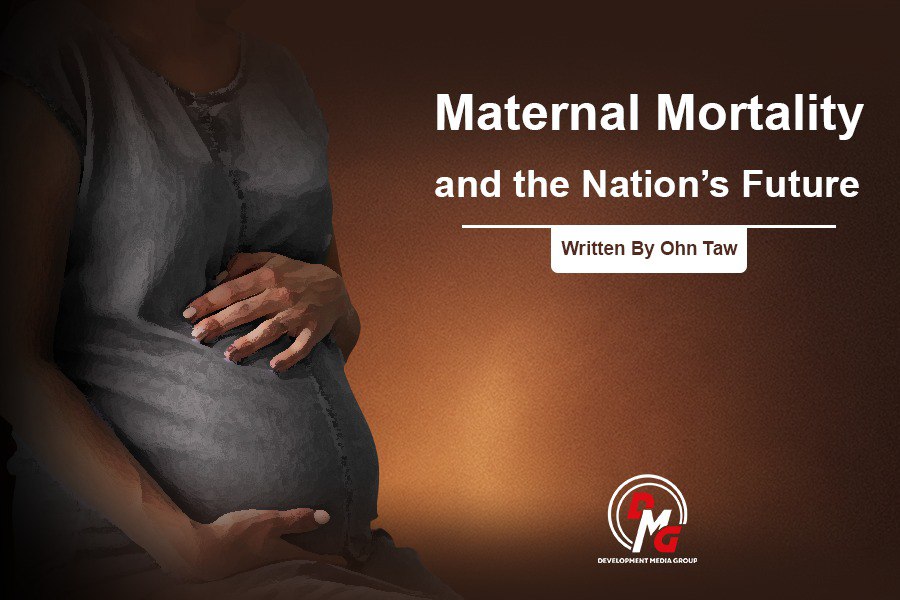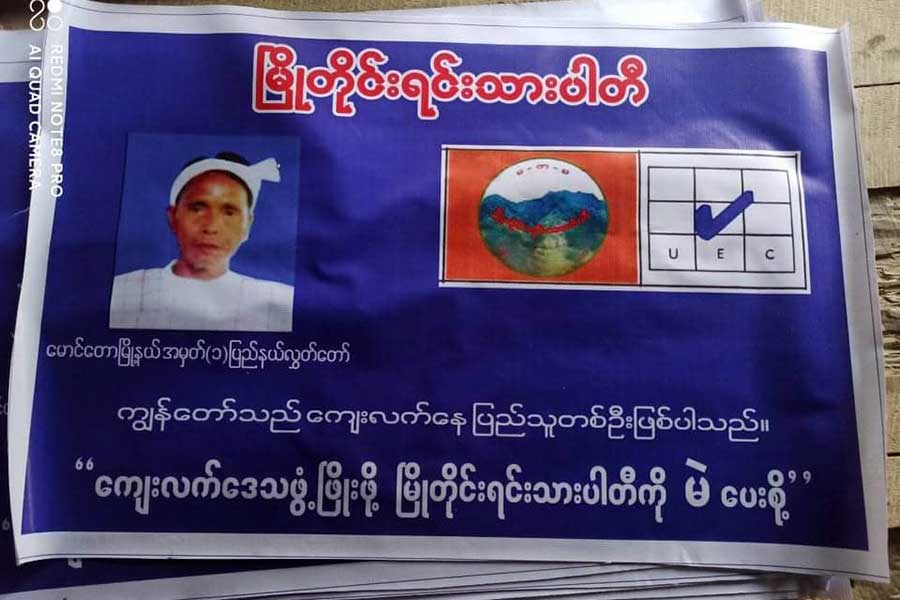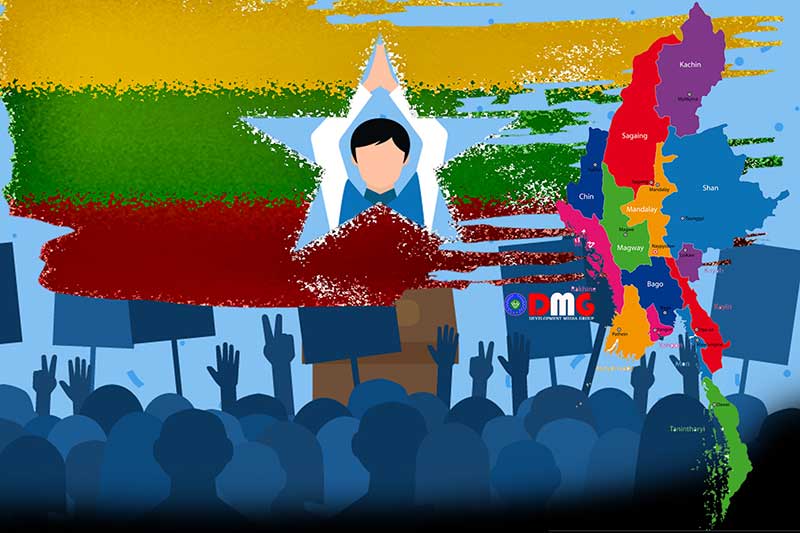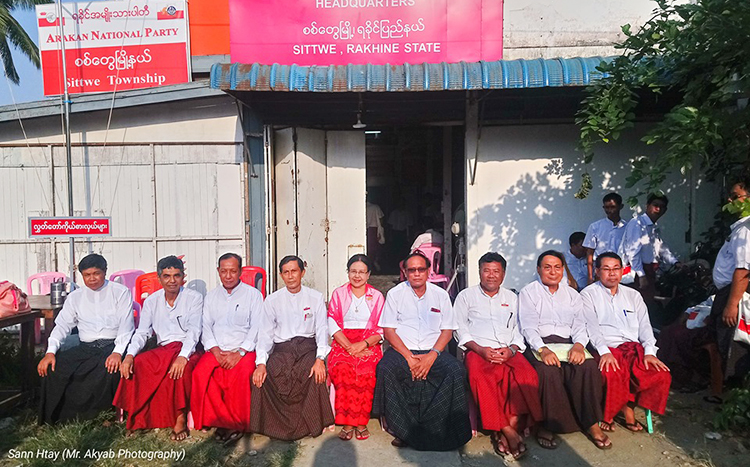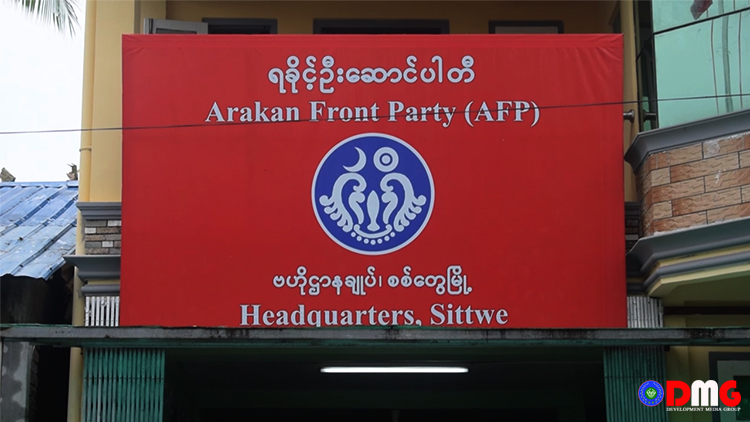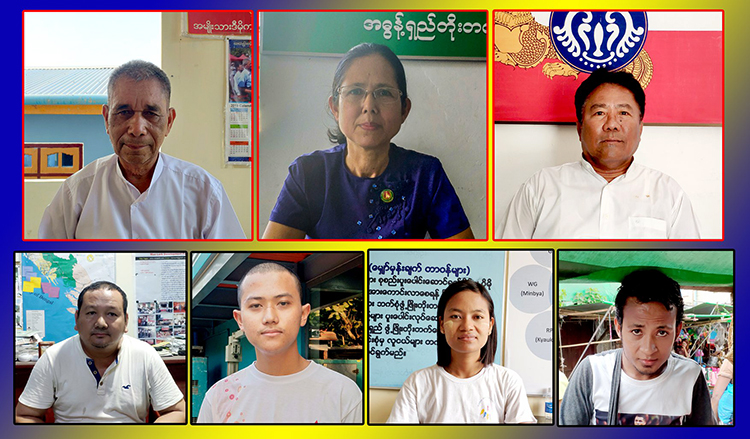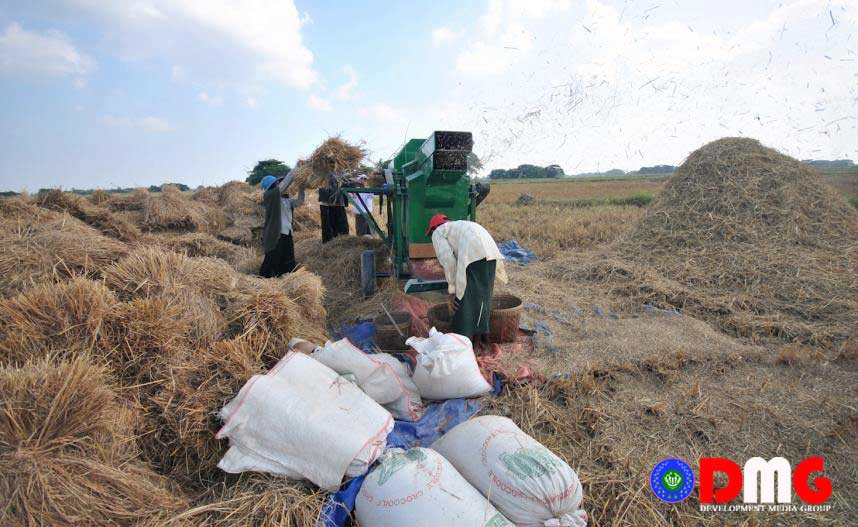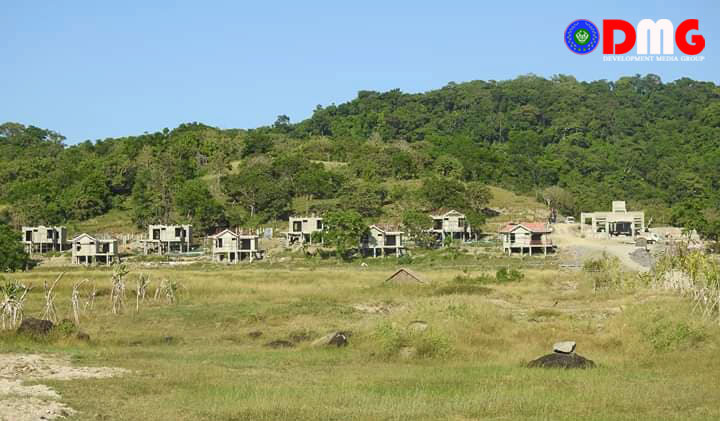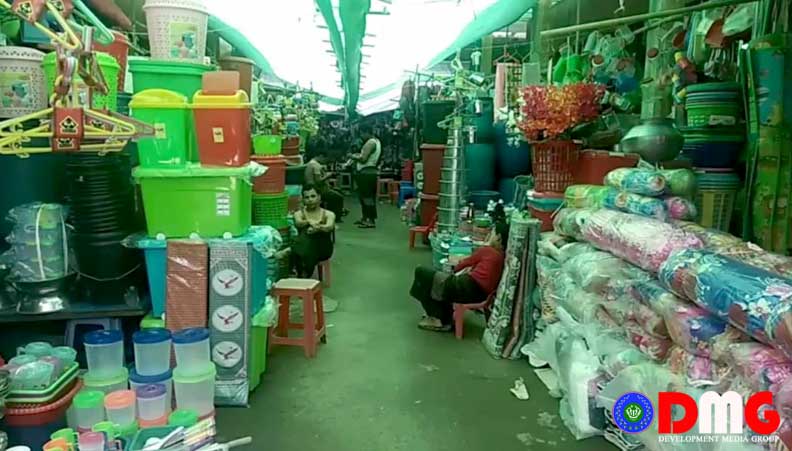- Junta trumpets cash rewards for alleged defectors in ongoing propaganda drive
- Arakan among Myanmar's worst-hit regions in humanitarian crisis
- Bangladesh's Border Gamble: How Dhaka's Emerging Playbook Is Reshaping the Arakan War and Repatriation Prospects
- Bangladesh's Border Gamble: How Dhaka's Emerging Playbook Is Reshaping the Arakan War and Repatriation Prospects
- Arakan children deprived of basic rights amid escalating conflict
Bangladesh's Border Gamble: How Dhaka's Emerging Playbook Is Reshaping the Arakan War and Repatriation Prospects
In parallel, the United League of Arakan/Arakan Army (ULA/AA) controls most of Arakan State and nearly the entire 270-km land border with Bangladesh while fighting junta forces on multiple fronts. The result is a sharpening border contest across the Naf River and the Mayu range-featuring cross-border raids, ambushes, abductions, maritime run-ins, and information warfare-that is eroding the prerequisites for voluntary, safe, and dignified return.
21 Nov 2025
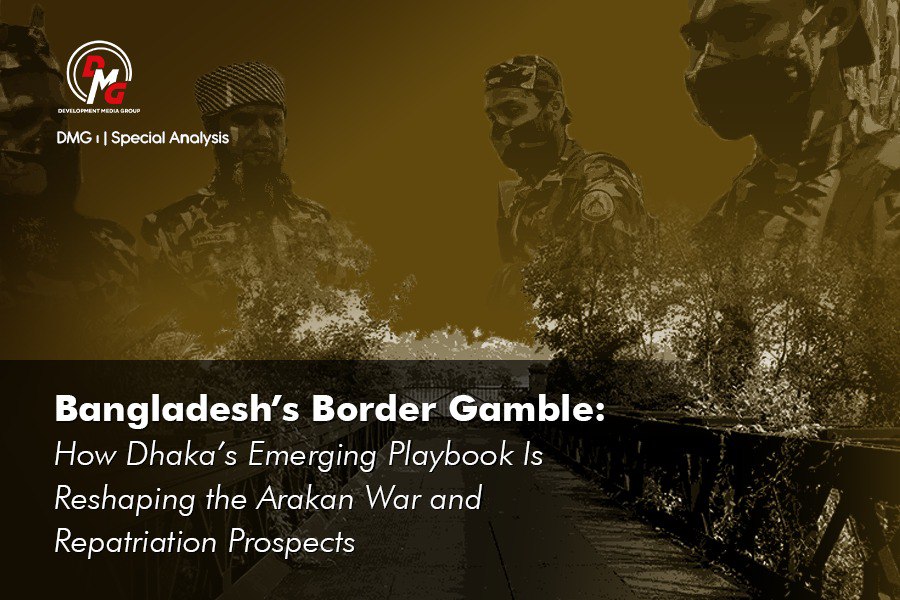
DMG | Special Analysis
Executive Summary
Bangladesh's publicly floated "Arakan/Rakhine Corridor" concept appears stalled, yet core elements of the underlying approach persist: the arming, training, and tacit toleration of Muslim armed actors-most notably the Arakan Rohingya Salvation Army (ARSA) and Rohingya Solidarity Organisation (RSO)-combined with diplomatic pressure for rapid Muslim/Rohingya repatriation.
In parallel, the United League of Arakan/Arakan Army (ULA/AA) controls most of Arakan State and nearly the entire 270-km land border with Bangladesh while fighting junta forces on multiple fronts. The result is a sharpening border contest across the Naf River and the Mayu range-featuring cross-border raids, ambushes, abductions, maritime run-ins, and information warfare-that is eroding the prerequisites for voluntary, safe, and dignified return.
Key Findings
• Corridor by other means. Even without a formal corridor, Dhaka's security posture and messaging indicate efforts to create leverage inside Arakan while keeping return discussions alive-risking the perception of proxy warfare.
• Security externalities. Cross-border attacks attributed to ARSA/RSO (with Arakan Rohingya Army (ARA) and Rohingya Islamic Movement (RIM) presence) have spiked since mid-2025, including ambushes on the Mayu corridor and mine attacks on key roads. Coastal incidents underscore a maritime spillover.
• Border Guard Bangladesh (BGB) and permissive environments. Allegations of tacit collusion by some BGB elements and junta naval resupply near St. Martin's-if sustained-risk internationalizing the frontline and undercutting repatriation credibility.
• AA is the indispensable ground authority. Any viable return framework must engage ULA/AA on sequencing, vetting, and security guarantees. Attempts to sidestep or weaken AA through armed proxies are counterproductive.
• The repatriation clock is running backward. Violence, displacement fears, and politicized narratives are hardening mistrust among all communities, making phased micro-returns harder to pilot.
Policy Imperatives
1. Establish a direct AA-Dhaka channel on border deconfliction and pilot returns. 2. Enforce zero tolerance for cross-border staging and weapons pipelines. 3. Civilianize any aid access; strictly separate from militarization. 4. Prioritize micro-returns before mass returns, with transparent benchmarks and monitoring. 5. Ensure equal protection of civilians regardless of identity. 6. De-escalate information warfare that fuels sectarian mobilization.
I. Strategic Context and Actors
Bangladesh's calculus. Hosting over a million Muslim/Rohingya refugees imposes acute security and economic pressures. Dhaka's caretaker government has sought fast-track repatriation while lobbying internationally. The now-shelved "corridor" reflected a desire to shape conditions inside Arakan and manage returns on Bangladesh's timeline. A securitized turn-training cadres, hardening the frontier, tolerating armed staging-may create leverage but risks legitimacy.
Myanmar's junta and the ULA/AA. The military council is on the back foot across multiple theaters and has reportedly leveraged Muslim armed groups to complicate AA's advance in the north. ULA/AA now administers most of Arakan and nearly the full 270-km frontier, making it the de facto counterpart for any return. Ongoing AA clearance operations against ARSA/RSO along the Naf River/ Mayu mountain range highlight its dual role: fighting the junta while securing the border.
Armed Muslim groups and transnational links. ARSA and RSO project force from Bangladeshi soil via covert routes, with social-media signaling of training and musters. Reports of weapons flows (including alleged junta naval channels near St. Martin's Island) and training nodes in Bangladesh (Mymensingh and the Cox's Bazar belt) deepen perceptions of a proxy ecosystem. Smaller groups (ARA, RIM) complicate command and control and accountability.
Regional variables: India and Pakistan. Expanded space for Pakistani influence operations in Bangladesh, and India's sensitivity to eastern-front destabilization, add outer-ring risk. If the border war widens or spills into maritime routes touching Indian interests, New Delhi's posture (border hardening, quiet deconfliction) will matter.
II. The Border as the New Center of Gravity
Pattern of incidents (mid-2025 to Oct 2025).
• Ambushes and abductions on the Zedee Pyin-Kyauk Pandu route and along the Kyein Chaung-Taung Pyo Letwae axis, with women among the victims. • Improvised explosive devices against traders; mine incidents targeting motorcycles carrying goods. • ARSA attempts to seize or harry AA security posts between Border Posts 51-57; fighting around Kyi Kyun near the Naf River. • Maritime friction: Bangladeshi boats entering Arakan's waters in armed clusters; fatal confrontations with AA coastal units.
Operational logic. Armed groups seek to stretch AA forces, interdict commerce, and shape local fear. AA counters with sweep-and-hold in the Mayu and interdictions along riverine/maritime corridors. The action-reaction cycle pushes violence into civilian spaces and crowds out repatriation planning.
III. Why "Proxy Leverage" Fails the Repatriation Test
1. Legitimacy vs. pressure. Repatriation requires acceptance by communities inside Arakan-Arakanese/Rakhine, Mro, Thet/Daingnet, Khami, and Muslims who remained. Empowering armed proxies erodes local consent and stigmatizes would-be returnees. 2. Gatekeeper reality. ULA/AA will remain the gatekeeper for security vetting, property adjudication, and movement. Bypassing AA risks on-the-ground rejection and renewed flight. 3. Internationalization risk. Alleged BGB complicity or junta naval resupply risks state-to-state confrontation, invites sanctions, and complicates third-party facilitation. 4. Perverse incentives. Violence that shuts roads and markets raises the cost of return and incentivizes displacement-the opposite of Dhaka's stated aim.
IV. Humanitarian, Economic, and Maritime Spillovers
• Border economies. Traders avoid key roads; price spikes hit towns under blockade; day laborers lose income; food insecurity worsens. • Civic fear. Abductions and gendered harms sow trauma in mixed-identity spaces; IDPs and host villages face dual pressures from war and crime. • Coastal security. Armed incursions by fishing fleets and riverine gunfire increase risk for artisanal fishers, a mainstay of local livelihoods.
Bottom line: Stability is the currency of repatriation. Current tactics devalue it.
V. Scenarios (6-12 Months)
1. Deconfliction & Micro-Returns (Best Case).
Dhaka opens a Track-1.5 with ULA/AA; BGB issues public directives and prosecutes violators; weapons pipelines around St. Martin's disrupted. Family reunification and village-scale returns proceed under joint security protocols and donor-funded monitoring.
Indicators: Fewer ambushes; specific road segments reopen; maritime incidents drop.
2. Managed Stalemate (Most Likely).
Low-intensity border attacks continue; AA holds the line; Dhaka balances domestic pressure with quiet contacts. Aid rhetoric rises but returns remain largely frozen. Indicators: Intermittent ARSA/RSO raids; periodic BGB posture changes; episodic media flare-ups.
3. Proxy Escalation & Internationalization (Worst Case).
Coordinated ARSA/RSO/ARA actions intensify; allegations of state collusion mount; clashes at sea proliferate. A mass-casualty cross-border incident triggers a diplomatic crisis; India hardens the border. Indicators: Larger columns and heavier weapons signatures; direct BGB-AA confrontations.
VI. Recommendations
For Bangladesh • Publicly enforce zero tolerance for cross-border staging by armed groups; investigate and prosecute any BGB complicity. • Establish confidential liaison with ULA/AA on border incidents; create hotlines for riverine/coastal deconfliction. • De-militarize aid: any corridor-like function must be civilian, with neutral monitors and transparent commodity tracking. • Pivot to micro-returns: start with high-consensus tracts vetted by ULA/AA (property, lineage), backed by cash-for-work, schools, and local dispute resolution.
For ULA/AA • Codify and enforce civilian-protection standards for all identities; discipline abuses. • Facilitate third-party monitoring for pilot returns; formalize access protocols for aid and journalists. • Expand community policing in border villages to deter banditry separate from insurgency.
For the Junta • Cease any naval resupply that fuels border militancy; verified unit engagement should trigger targeted sanctions. • Halt collective-punishment tactics that devastate markets and undercut repatriation baselines.
For India • Support quiet deconfliction and maritime/riparian monitoring; avoid actions that push Dhaka deeper into proxy reliance.
For Donors and UN Agencies • Fund independent monitoring, civilian hotlines, property/land commissions, and livelihoods linked to pilot returns. • Condition support on non-diversion and anti-militarization safeguards; invest in coastal safety tech for fishers. • Back community-level social-cohesion programs led by multi-identity local actors.
VII. Information Environment and Narrative Risks
Diaspora maximalism and selective human-rights advocacy that ignores ARSA/RSO abuses while focusing solely on AA allegations inflames identity politics and narrows compromise space. Conversely, Arakanese/Rakhine nationalist discourse that essentializes all Muslims as militants undermines inclusive security. A dual-accountability narrative-condemning all armed abuses and protecting all civilians-is indispensable.
VIII. Political Backdrop: Elections and Legitimacy
Junta-orchestrated electoral steps (e.g., Yangon's Rakhine Ethnic Affairs Minister race) carry low public legitimacy amid war, detentions, and economic distress. Such exercises do not create authority in Arakan and distract from field-based arrangements that improve safety and services-the true preconditions for return.
IX. Conclusion: From Border Firebreaks to Village-Scale Proof
Arakan's border can be either a jointly managed seam enabling phased, voluntary micro-returns and revived commerce, or a permanent fault line of proxy attrition. Bangladesh and ULA/AA hold the keys. The near-term pivot is clear: stop using armed proxies to force political outcomes; talk directly; build verifiable, village-scale proofs of safety and dignity; and civilianize every component of aid and movement.
Repatriation is not a speech act; it is a sequence of trust-building facts on the ground. Today's tactics are undoing those facts. A practical reset-anchored in deconfliction, micro-returns, and equal protection-is still possible. The longer both sides wait, the narrower that window becomes.
*Prepared by DMG Editorial/Analysis Desk, drawing on field reporting and recent incident compilations.*




